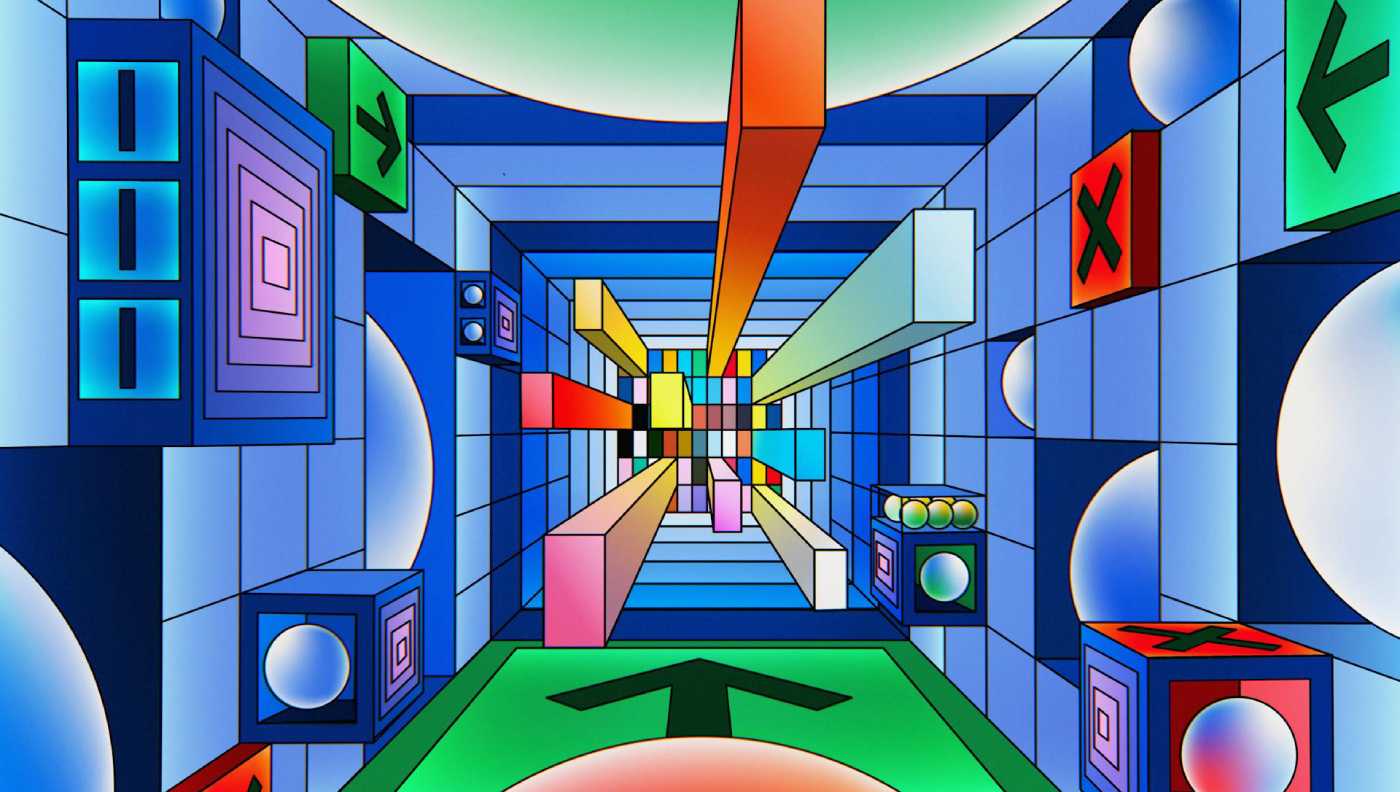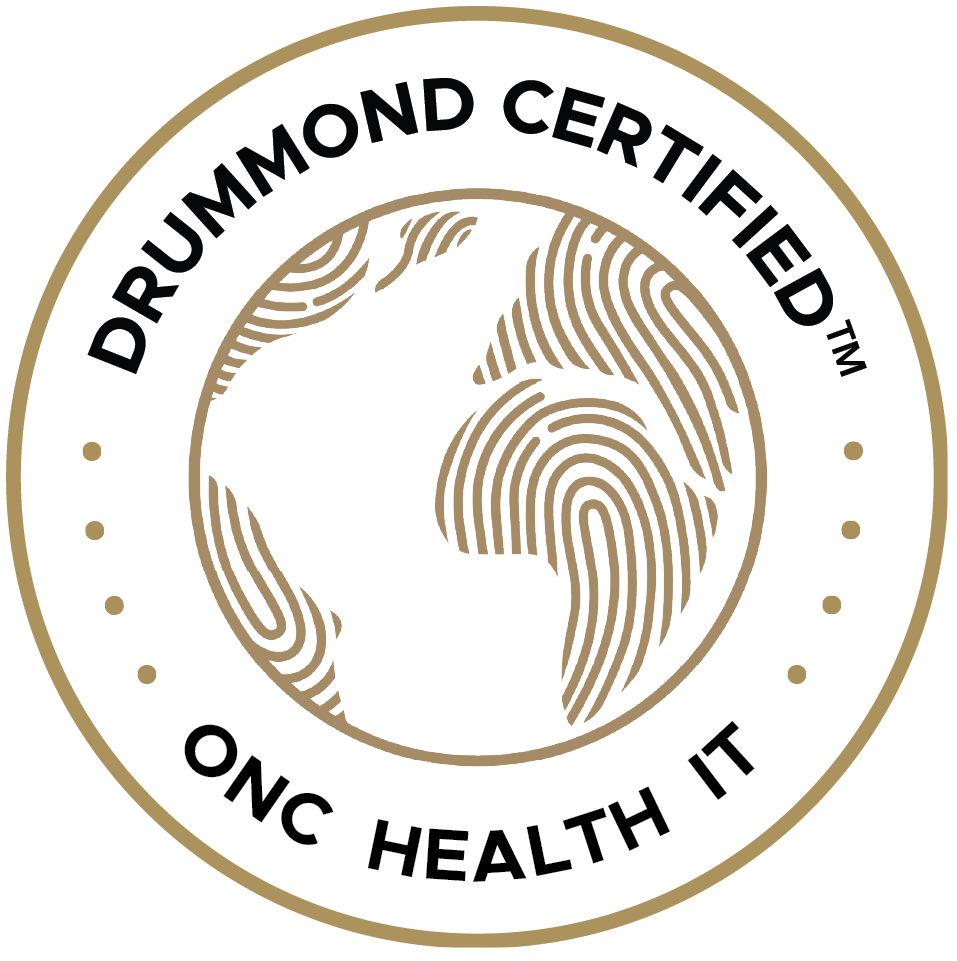gvgray
We examined 7 years of non-medical mental health provider reimbursement data from 2007-2013, adjusting for inflation. The results for the most part show a slow decline in psychotherapy reimbursement. However, there are winners and losers. Some—a minority of clinicians–have actually seen an increase in their incomes; most have seen a decline, from a modest 2% to a more significant 8%.
The graphs below have two lines: the actual line (blue) represents the average reimbursement we saw in our data. The expected line (red) is the reimbursement we would have expected if reimbursement had kept up with inflation.
This graphs shows the 5% decline in inflated-adjusted reimbursement for all mental health services, including psychiatric services:
[caption id=”attachment_501” align=”alignnone” width=”582”] Reimbursement for All Mental Health Services 2007-2013[/caption]
Reimbursement for All Mental Health Services 2007-2013[/caption]
This graph shows a 2% decline in inflation-adjusted reimbursement for all non-medical psychotherapy services (i.e. include 90806 and 90808 for years 2007-2012 and 90834 and 90837 for the year 2013):
[caption id=”attachment_502” align=”alignnone” width=”576”] Inflation Adjusted Reimbursement for all Non-Medical Psychotherapy 2007-2013[/caption]
Inflation Adjusted Reimbursement for all Non-Medical Psychotherapy 2007-2013[/caption]
This graph shows an 8% reduction in inflation-adjusted 45’ psychotherapy (90806 through 2012 and 90834 in 2013). Some clinicians are now able to substitute 90837, however, many cannot.
[caption id=”attachment_504” align=”alignnone” width=”570”] Inflation adjusted change in Psychotherapy 45’ 2007-2013[/caption]
Inflation adjusted change in Psychotherapy 45’ 2007-2013[/caption]
This graph shows a 2% reduction in inflation-adjusted non-medical intakes (90801 through 2012 and 90791 in 2013):
[caption id=”attachment_505” align=”alignnone” width=”577”] Change in Non-Medical Intake Reimbursement 2007-2013[/caption]
Change in Non-Medical Intake Reimbursement 2007-2013[/caption]
The biggest positive in psychotherapy reimbursement is the willingness of some payers to reimburse for 90837. In 2007 the closest equivalent to 90837 was 90808. It was for 75-80’ sessions and was hard to justify, rarely used and very rarely reimbursed. In 2013, 90837 (53’ session mininimum) accounts for fully 28% of all psychotherapy charges. This code is easy to justify, because it approximates closely the standard 50’ session, and widely used. The mean reimbursement for 90837 is $104.26 whereas mean reimbursement for 90834 is $78.41.
Clinicians whose primary payers reimburse for 90837 will obviously be doing better, however, many payers (including most commercial payers) do not reimburse for this code. (Anecdotal evidence suggests that it is the Blue Cross Plans that are most likely to pay for this code.)
The biggest negative in psychotherapy reimbursement is the 8% decline in inflation-adjusted 45’ psychotherapy. Clinicians whose primary payers restrict reimbursement to this code will be significantly affected. The modest decline of 2% for intakes is holding up better than other non-medical codes. It affects all non-medical clinicians, but represents only 7% of total revenue.
While hardly a consolation, it might be borne in mind that since the recession in the US started in 2007, median income for working-age households has fallen by 9.3 percent, after adjusting for inflation. This continues a decade-long downward trend. Against this trend, psychotherapists are faring pretty well.
[polldaddy poll=7893453] This data was analyzed and graphs created in collaboration with Maureen Hart, Ph.D., MBA









